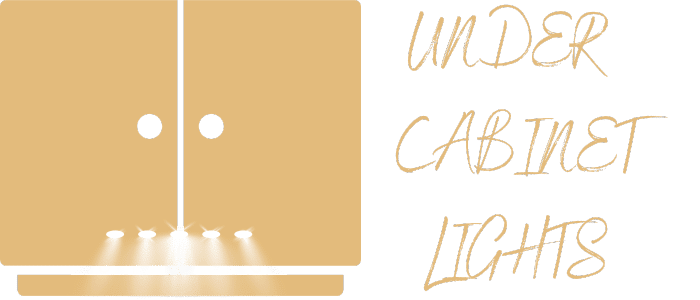Creating a green shelf is an excellent way to make a positive impact on the environment while adding beauty to your home. By using environmentally friendly paints and finishes, you can contribute to a healthier planet and create a space that you can truly feel proud of. In this guide, I will share the benefits of choosing eco-friendly paints, the different types of environmentally friendly finishes available, tips for selecting low VOC paints, and even DIY recipes for homemade natural paints. I will also provide guidance on how to maintain and care for your green shelf to ensure its longevity. Join me on this journey towards a greener and more sustainable home.
Benefits of Choosing Eco-Friendly Paints
When it comes to painting, I always opt for eco-friendly paints because of the numerous benefits they offer. Not only are these paints sustainable and better for the environment, but they also provide several advantages for our health. One of the key sustainability advantages of eco-friendly paints is that they are made from natural and renewable materials, reducing the reliance on harmful chemicals and fossil fuels. This not only helps to reduce our carbon footprint but also promotes a healthier and cleaner living environment. Additionally, eco-friendly paints are low in volatile organic compounds (VOCs), which are toxic chemicals that can be released into the air and contribute to indoor air pollution. By choosing eco-friendly paints, we can create a safer and healthier space for ourselves and our loved ones.
Types of Environmentally Friendly Finishes
One common type of environmentally friendly finish is a water-based varnish. Water-based finishes are made with water as the main solvent instead of harsh chemicals, making them non-toxic and safer for both humans and the environment. These finishes are low in volatile organic compounds (VOCs), reducing the emission of harmful fumes into the air. They also have a faster drying time compared to oil-based finishes, which helps to minimize the release of harmful substances during the application process. Other types of environmentally friendly finishes include natural oil finishes, which are derived from plant-based oils, and shellac, a natural resin secreted by the lac bug. These finishes provide a beautiful, protective coating while being gentle on the planet.
Tips for Selecting Low VOC Paints
To select low VOC paints, I prioritize using a friend’s recommendation and consulting with a knowledgeable salesperson. Their experiences and expertise help me make an informed decision. When considering health benefits, it’s crucial to choose paints that emit minimal harmful chemicals. Low VOC paints reduce indoor air pollution, which improves the overall air quality in our homes. This is especially important for individuals with respiratory conditions or allergies. Additionally, these paints are eco-friendly, contributing to a healthier environment. Cost considerations are also important. While low VOC paints may have a slightly higher upfront cost, they offer long-term savings by reducing the need for frequent repainting. Investing in low VOC paints not only benefits our health but also reduces our impact on the planet.
DIY Recipes for Homemade Natural Paints
I frequently enjoy making my own natural paints at home. It gives me a sense of satisfaction knowing that I am using homemade paint alternatives that are both eco-friendly and safe for my family. If you’re interested in trying it out, here are some natural dye options you can use to create your own homemade paints:
- Beetroot: Boil beetroot in water and strain the liquid. This vibrant red dye is perfect for adding a pop of color to your paintings.
- Turmeric: Mix turmeric powder with water to create a beautiful yellow dye. It’s great for creating sunlit landscapes or brightening up any artwork.
- Spinach: Blend spinach leaves with water and strain the mixture. The resulting green dye is perfect for nature-inspired paintings.
- Coffee: Brew a strong cup of coffee and let it cool. This rich brown dye can be used to create earthy tones in your artwork.
Maintaining and Caring for Your Green Shelf
To keep my green shelf looking its best, I make sure to regularly clean and maintain it using eco-friendly cleaning products and gentle techniques. By using cleaning techniques that are safe for the environment, I can ensure that my shelf remains in excellent condition while also being mindful of the planet. Additionally, I prioritize long-term durability by applying a protective finish to my shelf. This helps to prevent scratches and damage, keeping it looking new for years to come. To further maintain its appearance, I avoid placing heavy or sharp objects on the shelf and regularly dust it with a soft cloth. With these simple steps, I can enjoy my green shelf for a long time while also minimizing my environmental impact.
| Cleaning Techniques | Long-Term Durability | Eco-Friendly Products |
|---|---|---|
| Gentle wiping with a soft cloth | Applying a protective finish | Non-toxic cleaning sprays |
| Avoiding abrasive cleaners | Regular dusting | Natural cleaning solutions |
| Using microfiber cloths | Preventing scratches | Homemade cleaning recipes |
| Removing spills immediately | Proper storage of items | Biodegradable cleaning wipes |
| Avoiding heavy or sharp objects | Periodic touch-ups | Eco-friendly cleaning brushes |
Conclusion
In conclusion, choosing environmentally friendly paints and finishes for your green shelf not only benefits the environment but also your health. By opting for low VOC paints and natural homemade recipes, you can reduce your exposure to harmful chemicals and contribute to a cleaner indoor air quality. Additionally, regularly maintaining and caring for your green shelf will ensure its longevity and sustainability for years to come.
